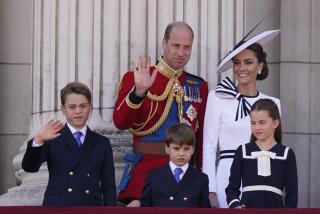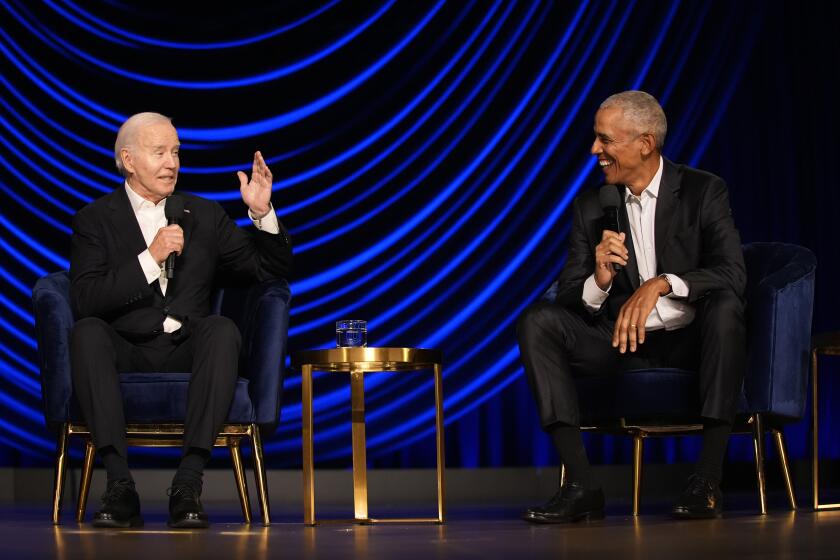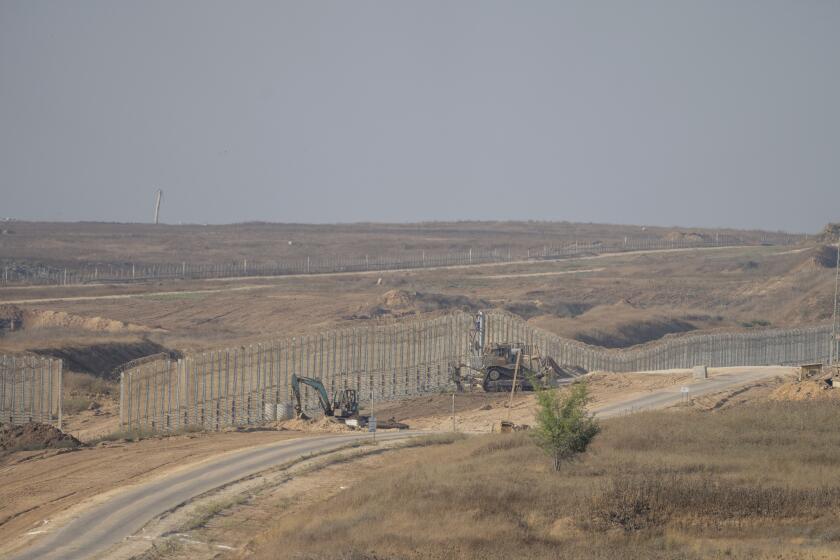New World, New Respect
There have been Jews in the West as long as there have been Europeans here. Not just Levi Strauss, of course, who is generally credited with inventing blue jeans, but Jacob Youphes as well. As historian and writer Harriet Rochlin explains, Youphes, or Davis, as he was also known, was a Russian Jewish tailor who lived in what is now Reno, Nev.
In 1872, Youphes wrote to the Levi Strauss Co. and told them about the wildly popular work pants he was producing out of blue cloth he bought from Strauss’ San Francisco firm. “The secratt of them Pents is the Rivits that I put in those Pockets and I found the demand so large that I cannot make them up fast enough,” Youphes explained.
Less than a year later, Youphes and the Levi Strauss Co. had patented the concept, and Youphes had moved to San Francisco, where he supervised the manufacture of his legendary garment for the equally famous firm.
On Friday afternoon, Rochlin will talk about the Jews of the West at the West Valley Jewish Community Center in West Hills. Sharing the podium with her will be Rabbi William Kramer, an emeritus professor of religion at Cal State Northridge and a long-time editor of Western States Jewish History magazine.
The talk is part of the “People of the Book” Jewish book festival, co-sponsored by the Jewish Community Centers of Greater Los Angeles, the Jewish Federation Valley Alliance and others.
According to Rochlin, the first Jews probably came to what is now the American West from New Spain, fleeing persecution from the Inquisition, which hunted down secret Jews in the New World just as it did in the Old. But by the mid-1800s, Jews were flourishing throughout the West, enjoying what she describes as “the most complete acceptance Jews have known in the Western Hemisphere.”
As evidence, she points to the relatively large number of Jews who were elected or appointed to public office in the West. Jews served as mayors of dozens of Western towns, including Tucson and Tombstone, Ariz.; Deadwood, S.D.; Butte, Mont.; Seattle; Portland; Denver; El Paso and Sacramento.
Elsewhere in the country, and indeed the world, Jews might be marginalized, even ghettoized, but, in the West, they were as active as any in public life. As to why, Rochlin speculates, “They generally had a stake in the community. They tended to be sober and literate, and they were eager to exercise civil rights denied them elsewhere.”
Many of the first Western Jews were single men. An example was Jacob Frankfort, believed to be the first Jew to settle in Los Angeles. A tailor and merchant, Frankfort came here in 1841, not from Europe, where he was born, but from Taos (now New Mexico), which he fled when Mexican authorities, fearing rebellion, began harassing Europeans and Americans. By the time of the first American census in 1850, the Jewish population of Frankfort’s neighborhood had grown to eight.
Seeking wives, some Jewish pioneers sent back East or to Europe for brides. Others married women they met here, including Native Americans, Latinas and other non-Jews. When asked how much intermarriage there was in the Old West, Rochlin replies, “Much less than today.”
Jews ran cattle as well as stores in the Old West. And, occasionally, they became the stuff of Western legend. Gunslinger Wyatt Earp married (under common law, at least) a young Jewish actress, Josephine Sarah Marcus, who claimed to be an eyewitness to the gunfight at the O.K. Corral. Together almost 50 years, she and Earp ended up in Los Angeles, hoping to make some Hollywood money on the Earp legend, according to Rochlin, whose book “Pioneer Jews” is in its eighth printing.
She will also discuss her 1996 novel, “The Reformer’s Apprentice: A Novel of Old San Francisco.” After being steeped in the facts of the Jewish West, Rochlin says, she turned to fiction as a way to get inside the head of a young woman pioneer and to explore “the hidden, the intimate and the real pains and delights of adapting to a radically different environment.”
Rabbi Kramer, who has also written extensively on Jews in the West, will discuss the critical role that Sephardic Jews, descendants of Jews who were driven out of Spain and Portugal in 1492, played in Northern California during the Gold Rush.
When most of us think of pioneer Jews, we think of tailors and merchants. But, according to Kramer, it was the ability to speak fluent English that distinguished many of the Sephardic Jews who came to California after gold was discovered.
The average 49er might or might not know English, according to Kramer, who points out that 10% of the newcomers were French speakers. But Sephardic Jews who had lived in England or the British West Indies were fluent enough in English to serve as lawyers and journalists.
Of the Sephardic Jews of Los Angeles, Kramer says that many came early in this century from Turkey, Greece and the island of Rhodes. One place where they found a niche was in the flower business.
Like earlier pioneer Jews, these immigrants found work that few identify with Jews today. Recalls Kramer: “The first Sephardim I knew when I came to Los Angeles were longshoremen in the Long Beach-Wilmington harbor area.”
BE THERE
Book Talk--Rabbi William Kramer and Harriet Rochlin will speak on “The Jews of the West,” Friday at 1 p.m. at the West Valley Jewish Community Center, 22622 Vanowen St., West Hills. Free.
More to Read
Start your day right
Sign up for Essential California for news, features and recommendations from the L.A. Times and beyond in your inbox six days a week.
You may occasionally receive promotional content from the Los Angeles Times.






